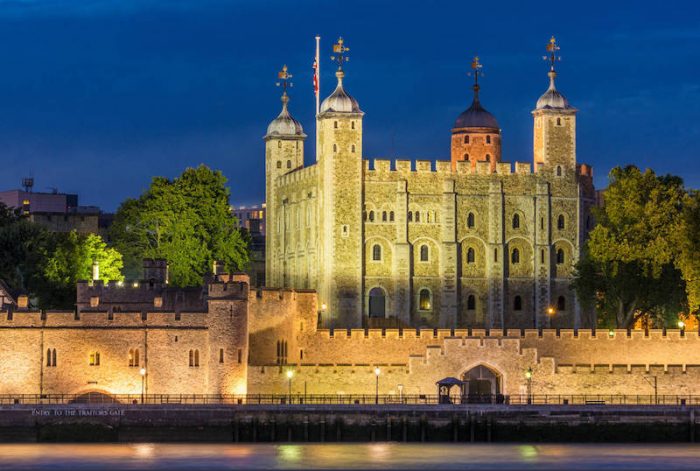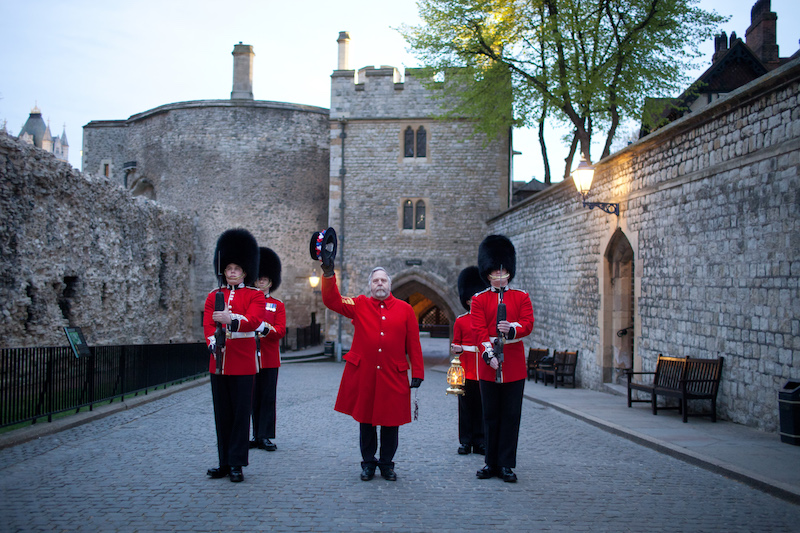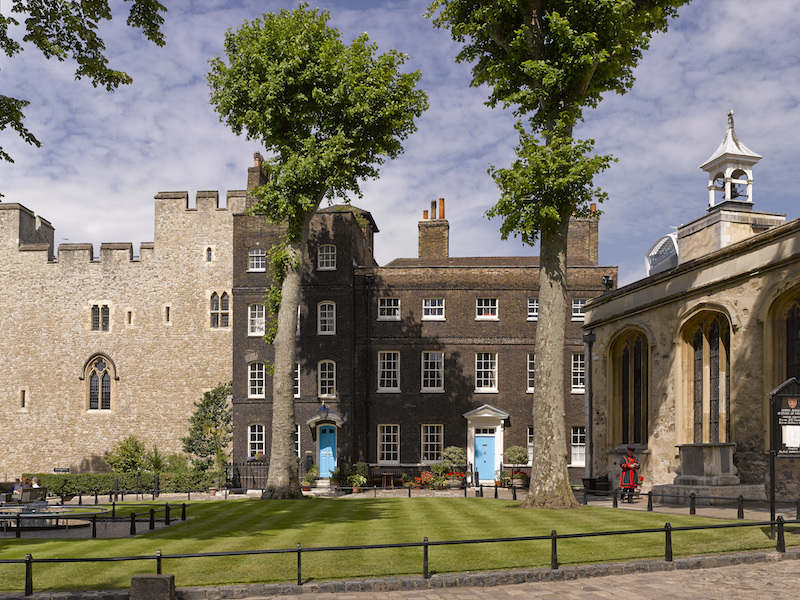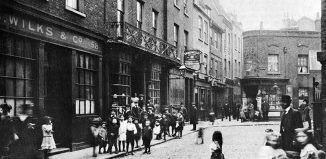The Tower of London
London’s castle is home to priceless gems and ghostly happenings
Did you know that the Tower of London was once home to polar bears and elephants? Or that one of the first Valentine’s poems was written here? The 952-year-old fortress and palace is infamous for its bloody history, but there are countless reasons to visit today.
Built in 1066 by William the Conqueror, the 15-foot thick tower and castle was originally intended as a fortress of defence and royal residence, but it has had many other uses throughout the years. In 1204, it became the site of a royal menagerie after King John brought three ships full of wild beasts back from Normandy.
His son, Henry, took over the collection and for many years it housed polar bears, elephants and lions until it was closed in 1835 and the animals were sent to ZSL London Zoo. In 1279, King Edward I decided to move the Mint here for increased security surrounding the production of coins, and government records were kept here too.
At least 22 monarchs have also called theTower of London home, while the prison has housed some very famous inmates over the years. Guy Fawkes was tortured and killed here after he was found with 36 barrels of gunpowder during a plot to blow up the Houses of Parliament in 1605, while the famous Elizabethan explorer Sir Walter Raleigh was a prisoner here on three different occasions. More recently, Hitler’s deputy führer, Rudolf Hess, was held in the tower for four days and English criminals the Kray twins were also prisoners.
The tower was also the site of 22 executions and 10 decapitations. The most famous of these include Henry VIII’s second wife, Anne Boleyn, and Margaret Pole, Countess of Salisbury, whose head was finally severed after 11 attempts. The last execution at the tower came in 1941 when German spy Josef Jakobs was shot dead.
But the tower is not only a prison and execution site. It is probably most associated with stories of murder and ghosts. After Edward IV died, his sons, the 12-year-old Edward and younger brother Richard, were sent to the tower by their uncle for their protection. However, the young princes disappeared soon after and mystery has surrounded their deaths ever since. Their skeletons were found in 1674, but we’ll never know if it was Richard III who killed them. Ghosts said to haunt the tower include Henry VI, Catherine Howard, Dame Sybil and even a grizzly bear.
As with any major building that survived for almost a millennium, the Tower of London is steeped in fantastic stories too. One of the first recorded Valentine’s Day poems was written here. In 1415, Charles, Duke of Orleans was imprisoned in the tower after being captured in the Battle of Agincourt he referred to his wife in his letters as ‘Valentinee’. It is said that former lieutenant Sir John Barkstead hid £20,000 in coins in the tower, but the money has never been found.
The Crown Jewels, which are kept in the Martin Tower, are one of the most popular attractions. Protected by armed guards, the collection includes 23,578 gemstones valuing more than £4 billion, some of which are still used in traditional royal ceremonies.
The traditional Yeoman warders – or “Beefeaters” – not only guard the gates and prisoners, but have acted as the Queen’s bodyguards since 1509. They live at the Tower of London, which has its own mini village including a pub, village green and church. To discover more, you can go on a Yeoman warder tour, hear tales of the prisoners, and learn all of the secrets of the tower. Look out too for the ravens, known as the guardians of the tower, and find out why it is said that if they leave the tower, the city will fall. And finally, if you’re around in the evenings, the Ceremony of Keys takes place every day at 9.53pm –
a chance to watch a 700-year old ritual as the guards lock the tower for the night.










